
Oropouche fever: from rainforests to clinics
You may have seen this name appear alongside other health news - there are concerns over its increasing distribution in the Americas and the recent… Read more »

You may have seen this name appear alongside other health news - there are concerns over its increasing distribution in the Americas and the recent… Read more »
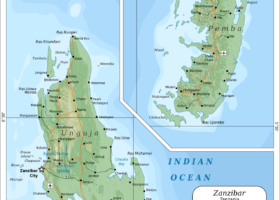
Our study in Zanzibar investigated the capacity and needs of primary health facilities in rural communities for schistosomiasis passive surveillance,… Read more »
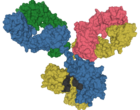
Malarial disease and autoimmune disease share a strange relationship. Both are best avoided, however when one is infected with the… Read more »
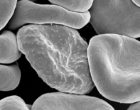
Studies of ancient human remains are beginning to reveal details of the origin, evolution, and virulence of parasitic diseases,… Read more »
Modelling predicts how the ecological impacts of climate change are expected to drive changes in the endemic ranges of zoonotic… Read more »
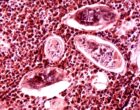
It is now recognised that health studies and interventions have historically been male-biased, and female-related health issues… Read more »
Have you ever found yourself eyeing a mosquito as it buzzed around, seemingly fixated on making you its next meal? It’s an… Read more »
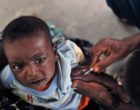
The new, approved malaria vaccine has moved to a national distribution in Cameroon, marking a small but mighty milestone in… Read more »

Cabo Verde, a beautiful archipelago of West Africa in the central Atlantic Ocean, has been declared malaria-free by the World… Read more »
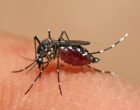
New research suggests the changing diet of populations in developing countries could alter the components of people's blood plasma… Read more »